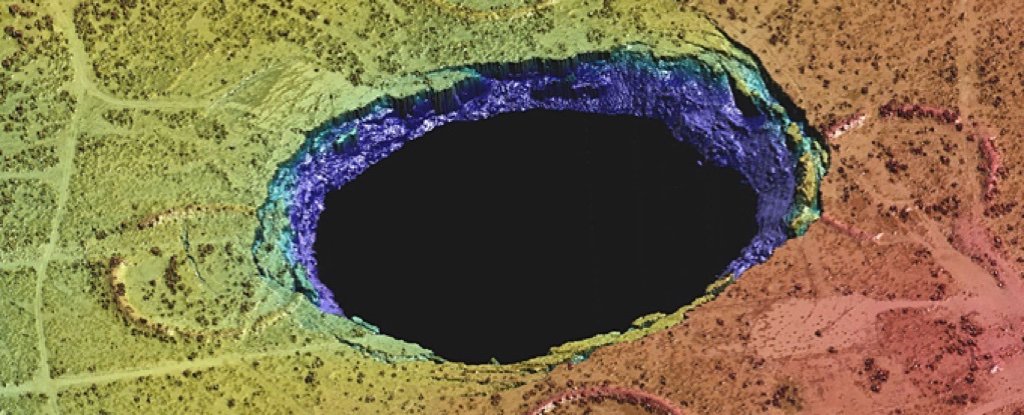|
Keep in mind that all incidents and disasters are local
until federal response or other coordinating entity arrives on scene.
Have someone familiar in your local office at the
State, County, City, township familiar with environmental Superfund process
for the protection of your community.
Don’t wait until the event occurs, get ahead of the
curve.
BEMA International
|
**
Attendees must be Federal, Tribal, State or Local agency employees.
Contractors, private industry and academia are not
permitted to attend
either course.
Travel/lodging costs are the responsibility of the student or
student’s employer. **
|
Oil Response Training -
Combined Backwater and Fast Water
Portsmouth, NH
April 16, 2018 - April 19, 2018
Registration: https://trainex.org/offeringslist.cfm?courseid=360
Password:
cosmo1
This course is custom designed
to meet requests of U.S. Environmental Protection Agency (EPA) Federal On-Scene-Coordinators (FOSCs)
in their regions. The course may be from 2 days to 5 days in length dependent
on request and agenda development. The course may contain any of the course
content and field work found in the Slow, Backwater Practical Course or Fast
Water Practical Courses listed in their course descriptions. Dependent upon
selection of course work participants will deploy boom on lakes or rivers;
establish oil recovery sites; provide protection to sensitive areas and
shoreline with boom; operate boats on lakes or rivers; install dikes, dams
and filter fences on streams; and install French drains and cut-off walls.
Instructional methods will include classroom instruction
and field work.
|
|
Introduction to Risk Assessment Guidance
With Expanded Eco-Risk
Augusta, ME
May 15, 2018 - May 18, 2018
Registration: https://trainex.org/classdetails.cfm?courseid=1561&classid=7759
This
3.5-day course provides participants with the fundamentals of risk assessment
as applied to the Superfund cleanup process. This course is designed to
present an introduction to the Superfund risk assessment process to Project
Managers, On-Scene Coordinators,
Risk Assessment Reviewers, and potentially new Risk Assessors working at
hazardous waste sites or treatment, storage, and disposal facilities. The course assumes
little experience with toxicology and risk assessment or knowledge regarding
Superfund risk assessment guidance.
|
|
Waste Treatment,
Transportation, and Disposal
Boston, MA
June 6, 2018 - June 7, 2018
Waste Treatment, Transportation
and Disposal, a 2-day advanced training course, focuses on specific technical
and regulatory issues that On Scene
Coordinators (OSC) and Remedial Project Managers (RPM) must address when
treating, transporting and disposing of waste.
|

